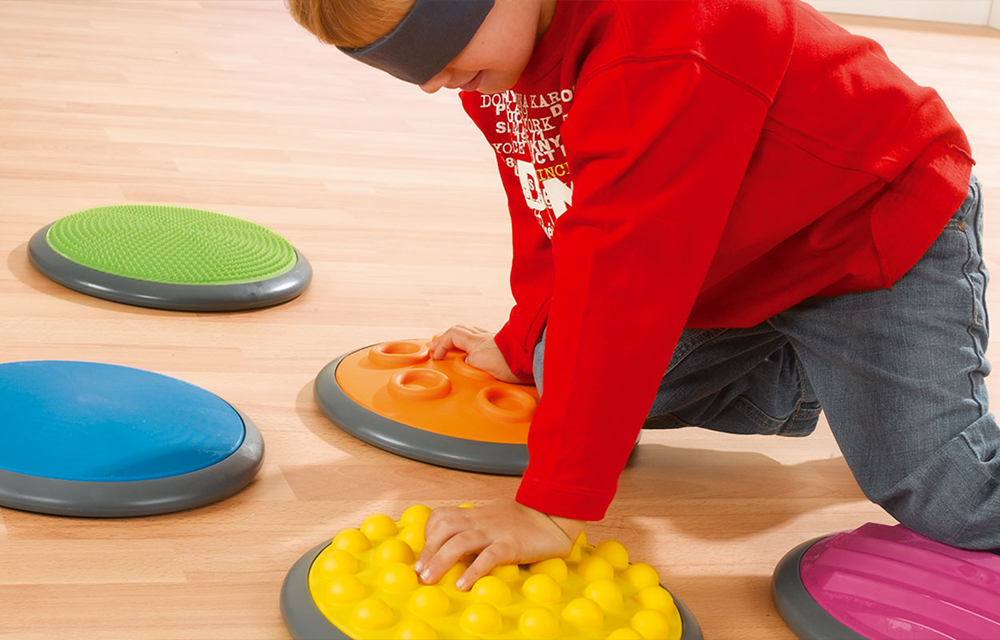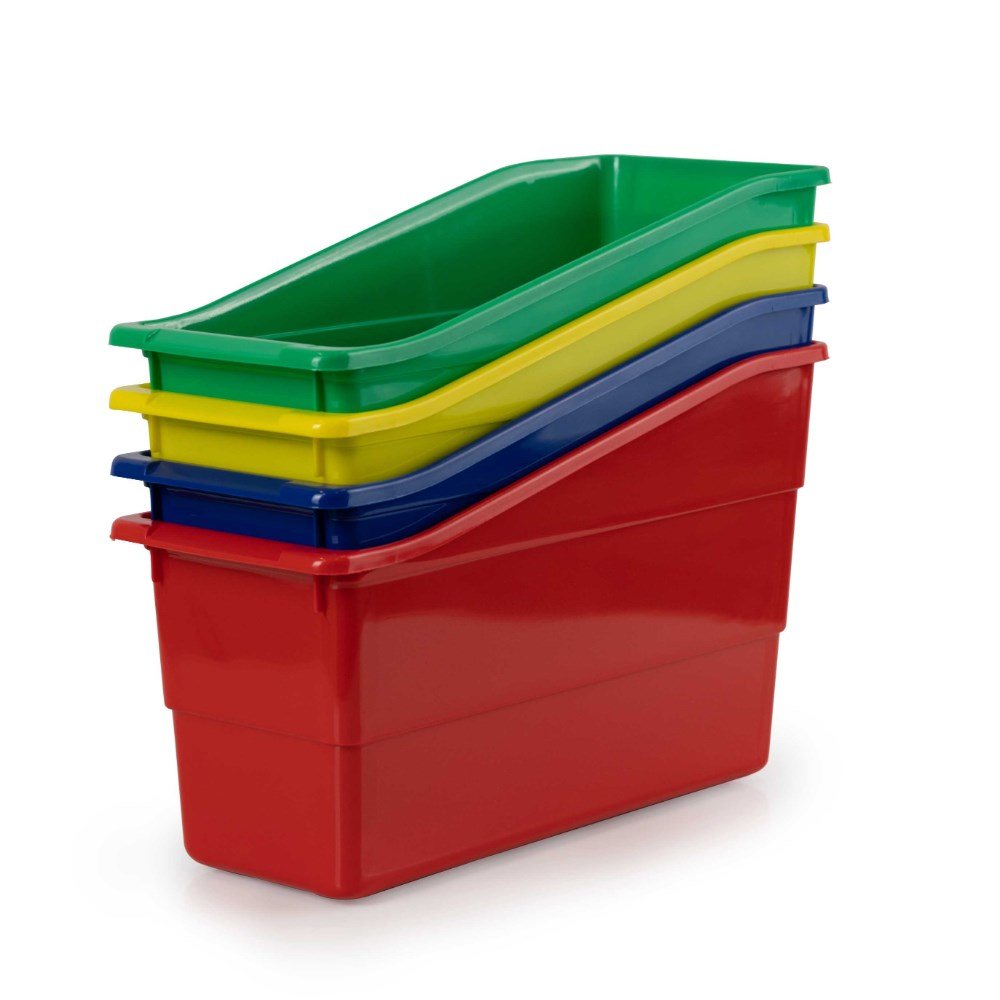In today’s diverse classrooms, one-size-fits-all learning environments simply don’t cut it. With growing awareness around sensory processing and attention-related challenges, educators are turning to innovative solutions to keep young minds focused and engaged. Among the most impactful tools? Tactile cushions.
Also known as sensory cushions or wiggle seats, these simple yet powerful tools are transforming the way students learn—by helping them move, focus, and feel supported.
🎯 What Are Tactile Cushions?
Tactile cushions are flexible seating aids, often textured and slightly inflatable, designed to provide gentle sensory input and movement for the user. They are placed on top of standard classroom chairs, allowing students to wiggle, shift, or bounce subtly—without leaving their seats.
They’re especially helpful for:
-
Students with ADHD or sensory processing difficulties
-
Children who struggle to stay still or maintain focus
-
Classrooms aiming for a more inclusive, sensory-friendly environment
🧠 The Science Behind the Movement
Research in sensory integration and child development has shown that movement enhances cognitive function and concentration. Here’s how tactile cushions work their magic:
1. Improved Focus Through Sensory Input
Many students seek out proprioceptive (body awareness) and vestibular (balance and movement) input to self-regulate. Tactile cushions provide just enough of this input to help the brain stay alert without becoming overstimulated.
✅ Fact: Gentle movement activates the reticular activating system (RAS) in the brain, which plays a key role in attention and wakefulness.
2. Reduced Fidgeting & Disruption
Instead of constantly getting up or tapping feet, students can satisfy their need for movement right in their chairs—leading to quieter, more focused classrooms.
3. Enhanced Core Strength & Posture
Many cushions are slightly unstable, which means students engage their core muscles to maintain balance. This encourages better posture and long-term physical development.
4. Emotional Regulation & Calm
The subtle texture and movement help students self-soothe, especially in stressful or overstimulating environments. This contributes to improved emotional control and classroom behavior.
👩🏫 Benefits for Educators
-
Fewer distractions
-
Improved student engagement
-
More inclusive teaching strategies
-
Easy to use, store, and clean
-
Adaptable for all ages and learning styles
🏫 Real-Life Classroom Use
Tactile cushions aren’t limited to special education. Teachers across grade levels are incorporating them into:
-
Reading corners
-
Quiet zones
-
Flexible seating rotations
-
Group work stations
-
Test-taking accommodations
They’re often paired with balance balls, floor seating, and fidget tools to create well-rounded sensory spaces.
🔍 Choosing the Right Tactile Cushion
When selecting cushions for your classroom:
-
Look for durability and easy cleaning materials
-
Choose between spiky/textured or smooth surfaces
-
Consider adjustable inflation for comfort control
-
Opt for portable and lightweight designs
💡 Final Thoughts
Tactile cushions may seem like a small change—but they support a big shift toward creating classrooms that respect every learner’s needs. Backed by neuroscience and loved by students and teachers alike, they’re a simple, affordable way to boost focus, movement, and well-being in education.
Focus. Feel. Learn. It’s more than a tagline—it’s the future of learning.












Leave a comment
This site is protected by hCaptcha and the hCaptcha Privacy Policy and Terms of Service apply.